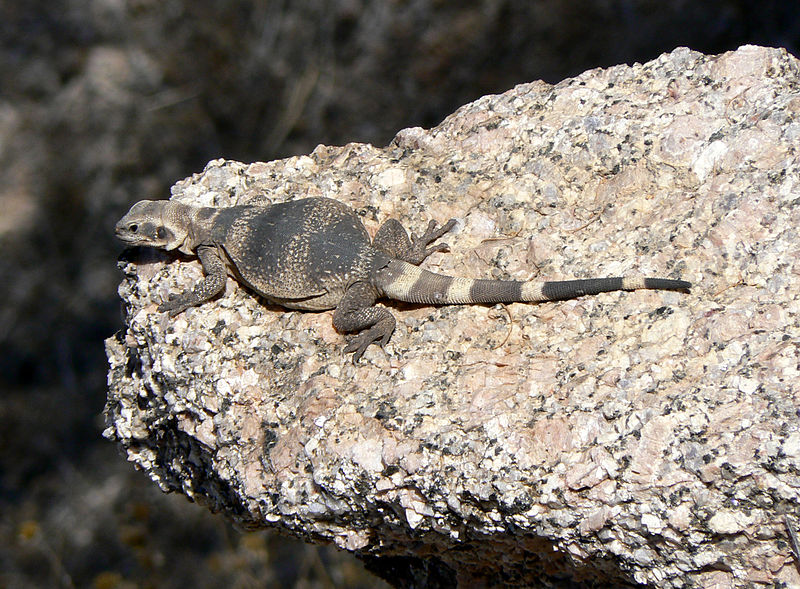 The stocky Chuckwalla (Sauromalus obesus) is one of my all-time favorite lizards. Years ago, I and others found it a quite difficult captive, as little was known of its high UVB requirements. Today, however, its husbandry is well-understood, and captive bred animals are readily available.
The stocky Chuckwalla (Sauromalus obesus) is one of my all-time favorite lizards. Years ago, I and others found it a quite difficult captive, as little was known of its high UVB requirements. Today, however, its husbandry is well-understood, and captive bred animals are readily available.
Food and hot basking sites are the focal points of the Chuckwalla’s life – provide it with each in proper form and you’ll find yourself with a most responsive and interesting pet. Most take quickly to hand feeding, and their vegetable-dominated diet is a plus for many herp enthusiasts. Read More »
 That Reptile Blog – Reptile, Amphibian and Exotic Pet Care and Information
That Reptile Blog – Reptile, Amphibian and Exotic Pet Care and Information

 I’ve received a number of questions lately from herp enthusiasts (and “regular people”!) who have come across cold-stunned reptiles and amphibians in Florida. Cuban Knight Anoles, Green Tree Frogs and many other species have been severely impacted by the record-breaking cold weather.
I’ve received a number of questions lately from herp enthusiasts (and “regular people”!) who have come across cold-stunned reptiles and amphibians in Florida. Cuban Knight Anoles, Green Tree Frogs and many other species have been severely impacted by the record-breaking cold weather. Springtails are minute, primitive, wingless insects classified in the Order Collembola. Over 6,000 species are found in most temperate and tropical habitats, where they figure importantly in the diets of Poison Frogs (Dendrobates, Phyllobates, Oophaga), small salamanders and newly metamorphosed amphibians of many kinds. Please see
Springtails are minute, primitive, wingless insects classified in the Order Collembola. Over 6,000 species are found in most temperate and tropical habitats, where they figure importantly in the diets of Poison Frogs (Dendrobates, Phyllobates, Oophaga), small salamanders and newly metamorphosed amphibians of many kinds. Please see